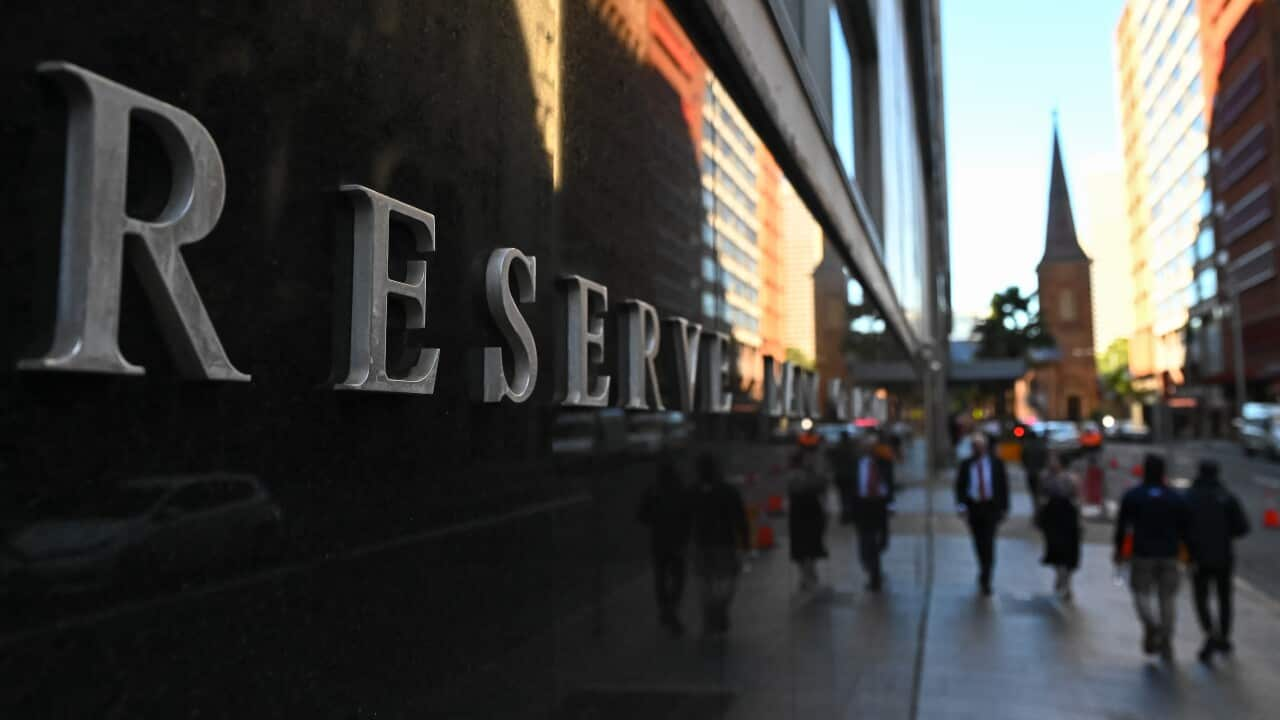KEY POINTS:
- The RBA has hiked rates again as it continues its fight against inflation.
- Experts say increasing taxes could help curb demand and lower inflation, but this is unlikely to occur.
- The RBA's governor and the federal treasurer believe inflation has likely peaked.
Australian mortgage holders face more repayment pain after the Reserve Bank of Australia (RBA) made a tenth straight rate hike as it maintains its war against inflation.
Some experts agree with the RBA that increases are needed to tackle the problem. They say the federal government could do more to help, but any moves on its part would likely involve unpopular taxes and are therefore unlikely.
But even in the absence of this, there are signs inflation has peaked and rate hikes could soon be paused.
Has the RBA's rate-hike strategy worked?
Key to Australia's high inflation — currently at 7.8 per cent, the highest peak since 1990 — has been , although research has suggested .
The RBA has maintained, , that rate hikes are necessary to curb demand and bring inflation down in order to bring it back to its 2-3 per cent target band. It expects to reach the upper end of this band by mid-2025, according to the central bank's February Statement on Monetary Policy.
Ten consecutive increases have now taken the official cash rate from a record low of 0.1 to 3.6 per cent. While that might be causing mortgage holders some repayment pain, AMP Capital's chief economist Shane Oliver said the strategy appears to be working.
He said this was highlighted by , a cooling housing market, and .
And while it is a "volatile" data set, there were also some "tentative signs" in the recently-released monthly inflation data — in particular, reduced price growth for petrol, household furnishing, and clothing.
"These things, to me, suggest the RBA's policy is starting to work. Meanwhile, globally, we've seen an easing in supply problems, and freight costs have declined, both of which should help improve the supply side of the economy."
What else could be done to curb inflation?
Mr Oliver said the federal government could do more to reduce demand and tackle inflation, but such moves were unlikely to be taken because they would be unpopular.
He said one option would be to introduce a levy that would "spread the burden more equally across the community", rather than trying to slow the spending of households with a mortgage through interest rate increases.
Alternatively, the government could cut spending across the board, he said.
"Whether you, a business, or the government spends it's still demand in the economy," he said. "The theory is that if the government reduces its demand... that could take pressure off demand in the economy," he said.

Inflation has soared in the past two years. Credit: SBS News
He labelled interest rate rises a "blunt instrument" that "disproportionately affects different household types". But despite this, they were still a necessary tool in the inflation battle.
"The government could initiate measures aimed at targeting the cost of living ramifications of inflation, such as energy or rental subsidies," Associate Professor Tsiaplias said.
"They would help, but they would not offset the need to raise rates as well. Even if cost of living pressures were eased, inflation is still too high."
Mr Oliver would also like to see the RBA hit pause on rate increases to comprehensively assess what impact the consecutive rate rises have had on inflation, and this is something some say we could soon see.
Is a rate hike pause on the cards?
In a statement accompanying Tuesday's rates decision, RBA governor Philip Lowe signalled further moves to stymie inflation but adjusted his phrasing slightly.
"The board expects that further tightening of monetary policy will be needed to ensure that inflation returns to target and that this period of high inflation is only temporary," he said.
City Index senior market analyst Matt Simpson said this represented a slight shift from the language used last month - when Mr Lowe said further interest rate increases would be needed in the coming months - and could signal the end of the tightening cycle was getting closer.
"Of course, a final 25 (basis point) hike is far from certain at this point, but the main takeaway for me is that the RBA have removed a key hawkish sentence from the February statement," he said.

How fixed and variable rates compare over time. Credit: SBS News
He also said inflation had likely peaked as indicated by the monthly consumer price index, which grew 7.4 per cent in the 12 months to January.
Treasurer Jim Chalmers agreed that inflation had likely passed its highest point, and said the government would take responsibility for the areas of inflation it could control.
"Australians understand that a lot of this inflation is coming at us from around the world and they understand that broken supply chains here in Australia have been part of the problem as well," Mr Chalmers said.
"And our three-point strategy is all about, as we've said before, cost-of-living relief, repair of supply chains, and restraint in the budget."
- With AAP.



